Journalist Report
MDRS Crew 282 (Martian Biology III)
Jordan Bimm, 06.06.23
The atmosphere on Mars is very thin—less than 1% of Earth’s comfy 14.7 pounds per square inch (psi) at sea level. At MDRS we can simulate many aspects of Mars exploration, but even in our space suits the pressure outside the Hab remains normal. However, there is a low-pressure analog near-by: the Henry Mountains, an impressive range of snow-capped peaks which top out at 11,522 feet. What kinds of life might we find up there? How would it relate to what we find closer to the Hab? If you’ve ever spent time at MDRS you’ve probably noticed the Henry Mountains. Step outside the Hab, look south, and “the Henrys” are the collection of distant peaks rising from the horizon. Today Crew 282, along with Sergii Iakymov, assistant director of MDRS, ventured into the Henry Mountains, expanding our biodiversity survey to this unique high-altitude environment. Driving in the crew car, we made our way up winding roads which turned from blacktop to gravel to narrow and rock strewn. Breathtaking views were our first reward, but soon we turned to the business of field science. We collected at three different sites: McMillan Springs, South Creek Ridge, and South Creek. Our finds included insect larvae, colorful flowering plants, and hardy lichens. The highest point we reached was South Creek Ridge at 9,100 feet, around 10.5 psi—not even close to Mars’s extremely rarefied atmosphere at 0.095 psi, but still an investigation of life in different low-pressure environments near MDRS. We returned to the Station just in time to avoid a different kind of atmospheric threat: a rainstorm with massive wind gusts pushing sheets of dust and sand across the desert landscape. It reminded us of the opening scene of The Martian. “Is the Hab secure?” Sergii’s voice crackled over the comms system. We made certain all the hatches were battened down and thanked our lucky stars we made it back in the nick of time.
Image Captions:
Image 1: Utah Penstemon (Penstemon utahensis) flowering in the Henry Mountains.
Image 2: Desert Paintbrush (Castilleja chromosa) flowering in the Henry Mountains.
Image 3: A plant press full of the drying specimens collected by Crew 282 in front of the Hab.
Image 4: Paul, Jordan, Jacopo, and Sergii in the Henry Mountains.
Image 5: The Fairy Candelabra (Androsace septentrionalis), pictured here growing in the Henry Mountains, also grows in Nunavut, where the Flashline Mars Arctic Research Station is located.
Image 6: One of the snow-capped peaks visible from South Creek Ridge at 9,100 feet.
Image 7: Gorgeous orange-red lichens discovered at South Creek Ridge.


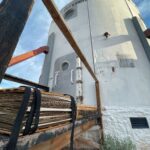
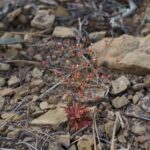
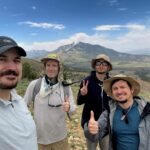
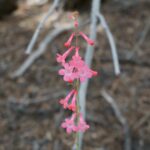
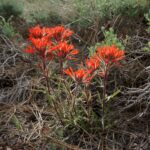
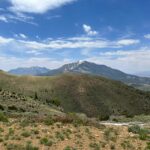
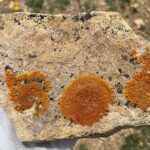
You must be logged in to post a comment.